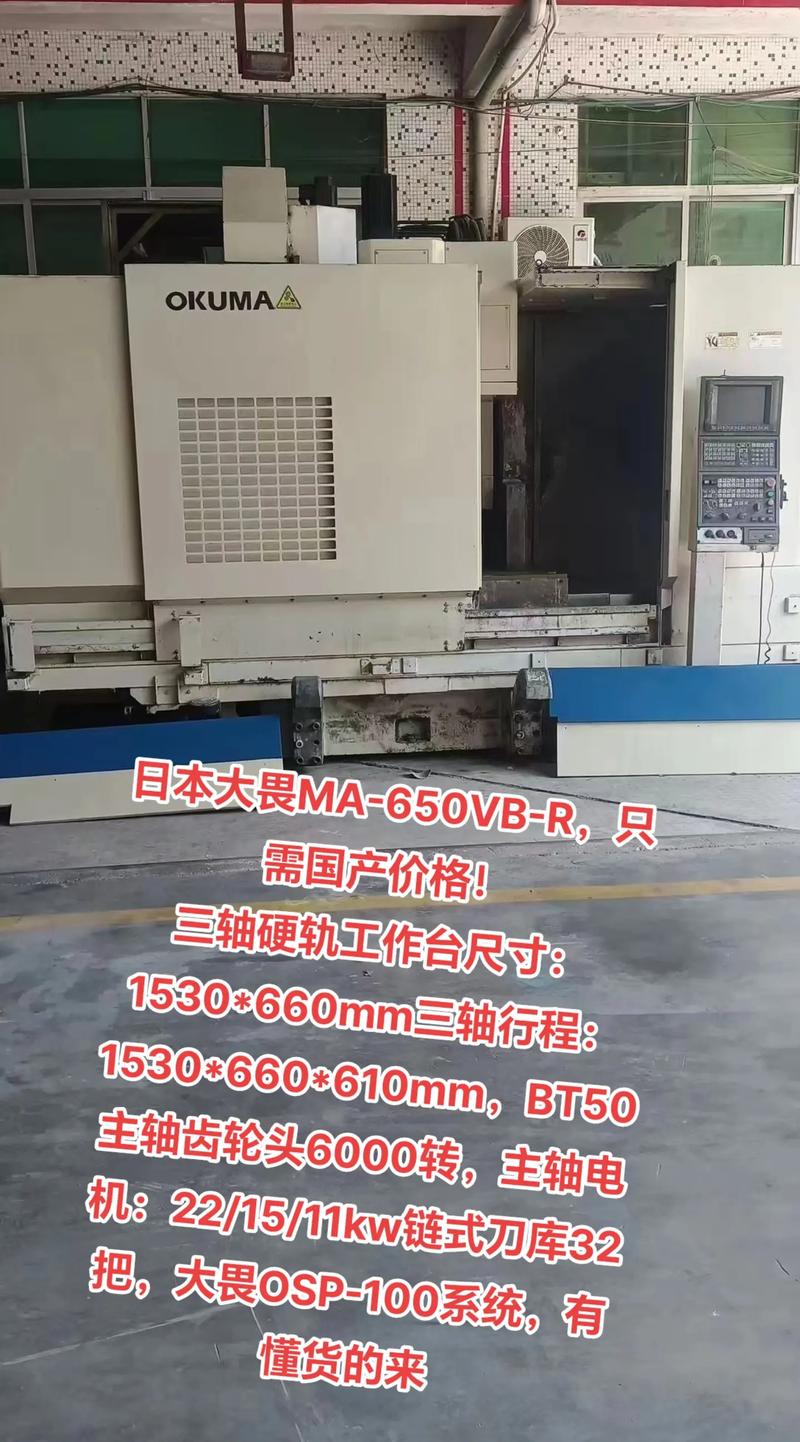Understanding OM3R: A Comprehensive Guide
OM3R, short for Optical Multi-Mode, is a term that signifies a specific category of fiber optic cables. These cables are widely used in modern communication systems due to their versatility and efficiency. In this article, we delve into the details of OM3R, exploring its features, applications, and how it compares to other types of fiber optic cables.
What is OM3R?
OM3R is a type of multimode fiber optic cable that is optimized for use with 850nm laser light sources. It is designed to support high-speed data transmission over short distances, making it ideal for applications such as data centers, enterprise networks, and high-performance computing environments.

Key Features of OM3R
Here are some of the key features that set OM3R apart from other fiber optic cables:
| Feature | Description |
|---|---|
| Bandwidth | OM3R offers a bandwidth of up to 10 Gbps, which is significantly higher than that of OM2 cables. |
| Transmission Distance | OM3R cables can transmit data over distances of up to 300 meters, which is suitable for most data center applications. |
| Core Size | OM3R cables have a 50/125 micron core size, which is the same as OM2 cables. |
| Light Source Compatibility | OM3R cables are designed to work with 850nm laser light sources, making them ideal for use with modern networking equipment. |
Applications of OM3R
OM3R cables are used in a variety of applications, including:
- Data centers: OM3R cables are commonly used in data centers to connect servers and storage devices.
- Enterprise networks: These cables are used to connect switches, routers, and other networking equipment in enterprise environments.
- High-performance computing: OM3R cables are used in high-performance computing environments to connect supercomputers and other computing resources.
- Telecommunications: OM3R cables are used in telecommunications networks to connect central offices and other network infrastructure.
Comparison with Other Fiber Optic Cables
When comparing OM3R to other types of fiber optic cables, such as OM2 and OM4, there are several key differences to consider:
- OM2: OM2 cables have a lower bandwidth and shorter transmission distance compared to OM3R cables. They are also less expensive, making them a good choice for applications that do not require high-speed data transmission.
- OM4: OM4 cables offer higher bandwidth and longer transmission distances than OM3R cables. However, they are also more expensive, making them a better choice for applications that require the highest possible performance.
Conclusion
OM3R cables are a versatile and efficient choice for high-speed data transmission over short distances. Their high bandwidth, long transmission distance, and compatibility with modern networking equipment make them an excellent choice for a wide range of applications. Whether you are setting up a data center, enterprise network, or high-performance computing environment, OM3R cables are a reliable and cost-effective solution.


